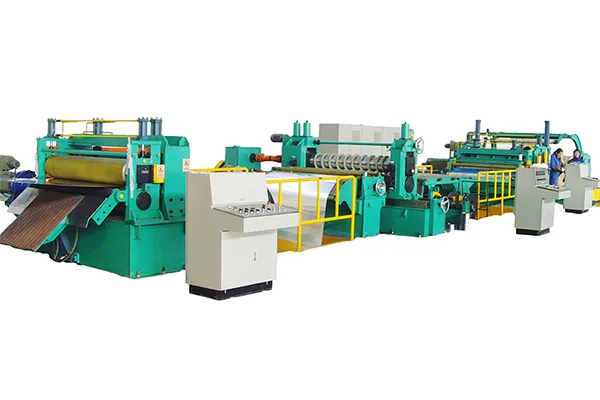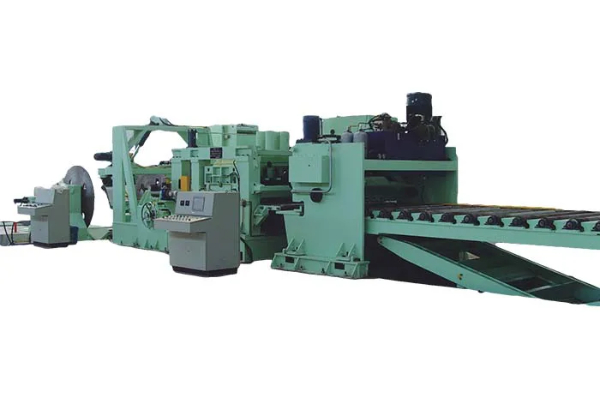
Plate Bending 101- A Beginner’s Guide to Using These Machines
- By:Metmac
- 2024-05-17
- 490
Plate bending machines are indispensable tools for shaping metal plates into complex forms. This comprehensive guide will provide beginners with a thorough understanding of these machines, their operation, and safety precautions.
Understanding Plate Bending
Plate bending involves applying force to a metal plate to bend it along a desired angle. These machines use a combination of dies and punches to create precise bends. Upper and lower dies form the bend while the punch applies downward pressure.
Types of Plate Bending Machines
There are three main types of plate bending machines:
Mechanical: Powered by a flywheel and gears, these machines offer high precision and force.
Hydraulic: These machines use hydraulic fluid to provide smooth, powerful bending.
Press Brakes: Combination of mechanical and hydraulic systems, press brakes provide high force and flexibility.
Machine Setup and Operation
1. Die Selection: Choose the correct dies based on the plate thickness, bend angle, and bend radius.
2. Plate Placement: Place the metal plate between the upper and lower dies, ensuring it is properly aligned.
3. Bend Force Adjustment: Adjust the machine settings to apply the appropriate amount of force for the desired bend.
4. Bending Process: Initiate the bending cycle by activating the machine’s controls.
Safety Considerations
1. Wear Protective Gear: Always wear gloves, safety glasses, and appropriate clothing.
2. Clear the Work Area: Keep the area around the machine free of obstacles and debris.
3. Guardrails and Interlocks: Ensure guardrails are in place and interlocks are functional to prevent accidental contact with moving parts.
4. Proper Maintenance: Regularly inspect and maintain the machine to ensure optimal performance and safety.
Tips for Effective Bending
1. Use the Correct Technique: Follow the manufacturer’s instructions for proper die alignment and punch pressure.
2. Lubricate the Dies: Apply lubricant to the dies to reduce friction and improve plate bending.
3. Bend Gradually: Avoid making sharp bends in one step. Start with a small bend and gradually increase the angle.
4. Check the Bend: Use a protractor or bend analyzer to verify that the bend meets the desired angle.
-
Mastering Form and Force: A Guide to Modern Metal Plate Bending Machines
2025/12/16 -
Demystifying Sheet Metal Laser Cutting Machine Price: The METMAC Value Perspective
2025/12/16 -
Metal Sheet Machinery: The Engine of Modern Fabrication and the METMAC Advantage
2025/12/16 -
Beyond the Bend: The Power and Precision of the Modern Sheet Profile Machine
2025/12/16
-
Advanced Sheet Metal Rolling, Laser Cutting, and Folding Machines for Precision Fabrication
2025/10/31 -
High-Performance Sheet Metal Bending and Cutting Machines for Modern Fabrication
2025/10/31 -
High-Quality Sheet Metal Equipment for Sale: Efficient Solutions for Modern Manufacturing
2025/10/31 -
High-Performance Sheet Metal Equipment for Sale: Forming and Shearing Solutions for Modern Fabrication
2025/10/22
-
Latest Technological Advancements in Rectangular Duct Machines
2024/05/11 -
Integrating Automation with Rectangular Duct Machines for Enhanced Productivity
2024/05/11 -
Metal Shear Machines- Essential Tools for Precision Metal Cutting
2024/05/11 -
Understanding the Role and Function of Steel Strip Slitting Machines
2024/05/11
-
A Guide to the Latest Innovations in Sheet Metal Folding Machines
2024/11/29 -
Key Features to Consider When Investing in a Sheet Metal Folding Machine
2024/11/28 -
Enhancing Precision with Advanced Sheet Metal Folding Machines
2024/11/27 -
How to Choose the Right Sheet Metal Folding Machine for Your Workshop
2024/11/26







